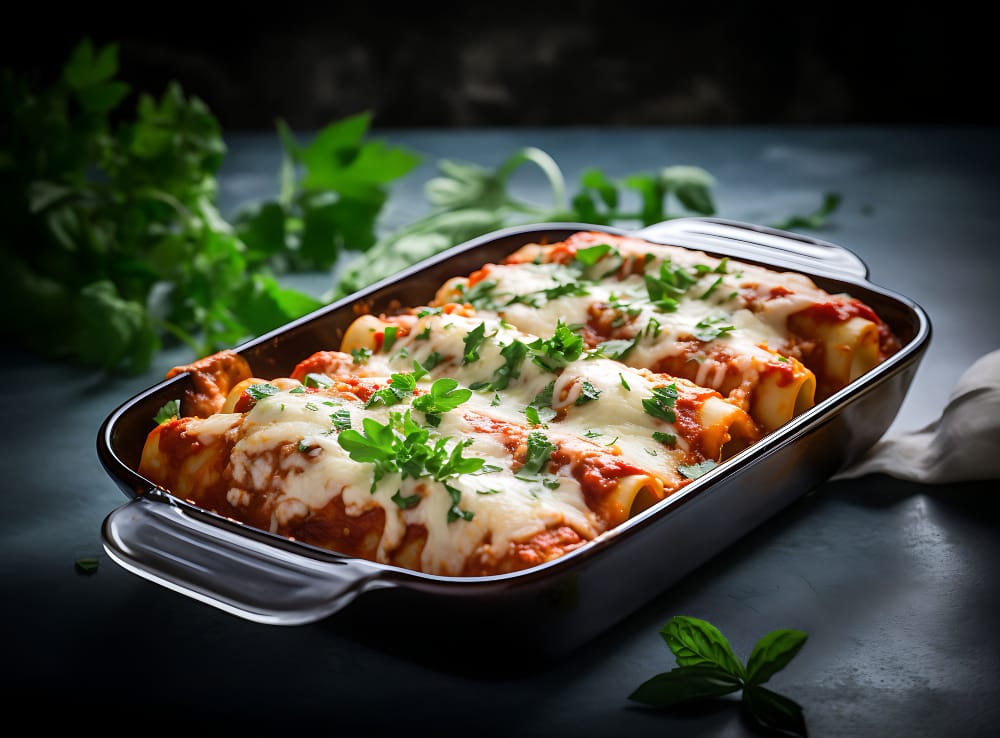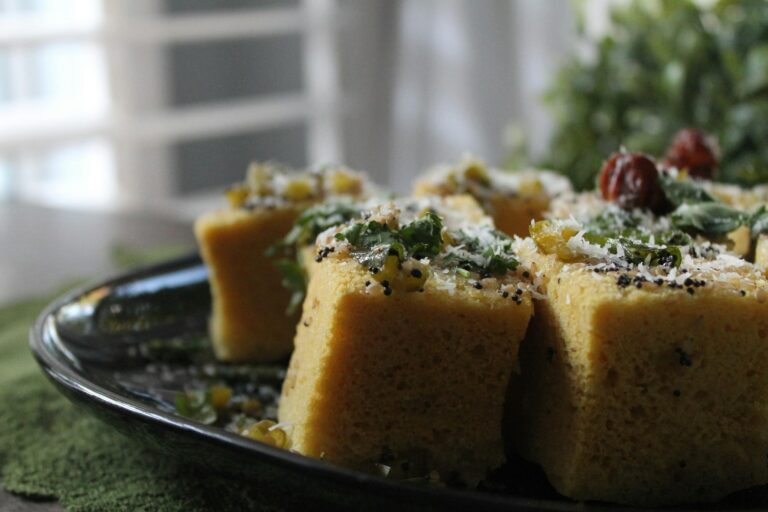FREE SHIPPING OVER $50
Can You Put Hot Food Straight in the Fridge? Here’s What Most People Get Wrong

The question of whether you can put hot food in the fridge has been a heated kitchen debate for decades. Generations were taught that placing piping hot items directly into the cold environment would somehow break the appliance, or perhaps magically spoil all the surrounding food. If you’ve been meticulously waiting for your entire pot of chili or Sunday sauce to cool completely on the counter before putting it away, you are certainly not alone.
However, modern food safety standards have completely changed the answer to this common query. The truth is much more complex—and potentially much more dangerous—than the old wives’ tales suggested. Yes, you can put hot food straight in the fridge, but only if you follow one crucial principle. The mistake most people get wrong isn’t about the fridge itself; it’s about not understanding the speed required to stop bacterial growth and ensure safe storage.
The Old Kitchen Myth vs. Modern Food Safety
Let’s quickly address the myth: Will putting a steaming pot in the refrigerator damage the appliance? For most modern refrigerators, the answer is no. While it will cause the temperature inside to momentarily spike, forcing the compressor to work harder, the fridge is built to handle these fluctuations. Your appliance will be fine.
The real risk lies entirely within the food itself. Your goal when dealing with cooling leftovers is not to protect your refrigerator; it is to protect yourself from harmful bacteria that multiply at terrifying speed. We have been so focused on protecting the appliance that we have been inadvertently creating the perfect environment for bacteria to flourish.
The Real Danger: Understanding the Temperature Zone
The single most important concept in food safety is the temperature danger zone. This is the range where pathogenic bacteria—the kinds that cause food poisoning—reproduce exponentially. This danger zone spans temperatures between 40∘F and 140∘F (or 4∘C and 60∘C).
Every minute your food sits within this range, the bacterial count doubles, rapidly moving from safe levels to numbers that can make you seriously ill. Because bacteria reproduce so quickly, the entire process of cooling your food from its hot state down below 40∘F is a race against time. If you take too long to cool your leftovers, you are dramatically increasing your risk of foodborne illness, regardless of how great the food smells.
The Golden Rule: Why You Only Have 2 Hours
This urgency leads us to the non-negotiable standard set by food safety organizations: The 2-Hour Rule.
The rule states that any perishable food that sits in the temperature danger zone for more than two cumulative hours must be discarded. This means the time starts the moment the food is finished cooking.
Furthermore, the goal isn’t just to reach 40°F within two hours; the most critical step is getting the food below
70°F (
21°C) within the first two hours. If you fail this first step, the number of bacteria will be so high that even if you manage to hit
40°F later, it may not be enough for safe storage. Therefore, when it comes to cooling leftovers, speed is paramount, and intentional, rapid cooling techniques are absolutely necessary.
The Mistake Most People Get Wrong (And Why It’s Dangerous)
So, can you put hot food straight in the fridge? Yes, but only if you ensure that the entire volume of the food can cool quickly.
The common mistake is taking a large, deep pot of soup or a huge container of casserole and placing it, still hot, into the refrigerator. Here is why this is dangerous:
- Insulation Effect: That large volume of food acts as its own insulator. The core of the food will remain in the temperature danger zone for many hours, potentially six to eight hours or even longer.
- Uneven Cooling: While the outside layer of food might cool quickly, the dense, warm center becomes a veritable petri dish where bacteria are thriving, violating the 2-hour rule at the core.
Consequently, by trying to follow the “rule” of cooling everything first on the counter, or by simply refrigerating a massive container, you are maximizing the time your food spends in the prime bacterial growth zone.
The Safe Way: 5 Expert Techniques for Rapid Cooling
To ensure safe storage and uphold the 2-hour rule, you must actively force the temperature down through rapid cooling techniques. These methods are simple, easy to implement, and are what food safety experts recommend for managing cooling leftovers.
1. Divide and Conquer (Shallow Containers)
This is the single most important action you can take. Never refrigerate a deep pot or casserole dish. Instead, immediately portion the hot food into several small, shallow containers (no deeper than two inches or five centimeters). The increased surface area allows heat to escape quickly and dramatically reduces the time the food spends in the danger zone.
2. The Ice Bath Method (Quick Shock)
For soups, sauces, or large batches of liquid-based leftovers, use an ice bath. Fill your kitchen sink or a large bowl with ice and a little water. Place the pot of hot food directly into the ice bath. Stir the food occasionally to help distribute the cold, forcing the temperature down quickly before you move the container into the fridge.
3. Using Smaller, Open Portions
Don’t seal your containers tightly right away, especially if they are going straight into the fridge. Leaving the lids slightly ajar or using vented containers during the first hour allows heat and condensation to escape. Once the food has cooled (after about an hour), you can seal the lids tightly for safe storage.
4. Stirring with Frozen Inserts
If you are dealing with a large batch of thick food like mashed potatoes or chili, food safety experts recommend stirring the hot food with clean, frozen objects (like sealed freezer packs) for several minutes. This helps lower the core temperature quickly before dividing it into shallow containers.
5. Utilize the Fastest Part of the Fridge
If you are placing hot, shallow containers into the refrigerator, place them strategically. Avoid placing them against the door or near already cold, sensitive items. Instead, place them near the back or side walls of the fridge, which are typically the coldest surfaces, ensuring the most rapid cooling.
How Long Are Leftovers Really Safe?
Once you have successfully brought your leftovers down to 40°F (
4°C) or below within the required window, the bacterial clock slows significantly. Even after proper safe storage, however, food quality and safety decline over time.
Generally, most refrigerated leftovers—including cooked meat, poultry, fish, and casseroles—should be consumed within 3 to 4 days. If you don’t plan to eat them within this window, freeze them immediately to ensure maximum food safety.
Related Articles
- Eat Almonds Daily? Here’s What Happens to Your Skin, Heart, and Brain—Backed by Science
- The ‘Healthy’ Food Nutritionists Regret Recommending—It’s Worse Than a Drive-Thru Burger
- 15 Detox Foods That Help Your Liver Flush Microplastics—Backed by Environmental Health Experts
- Men Over 50: Eat These 10 Protein-Packed Foods Daily to Stay Strong, Lean, and Energized
- The Protein Myth: 10 Plant Foods That Build More Muscle Than Meat—Sports Nutritionists Say You’ve Been Lied To



